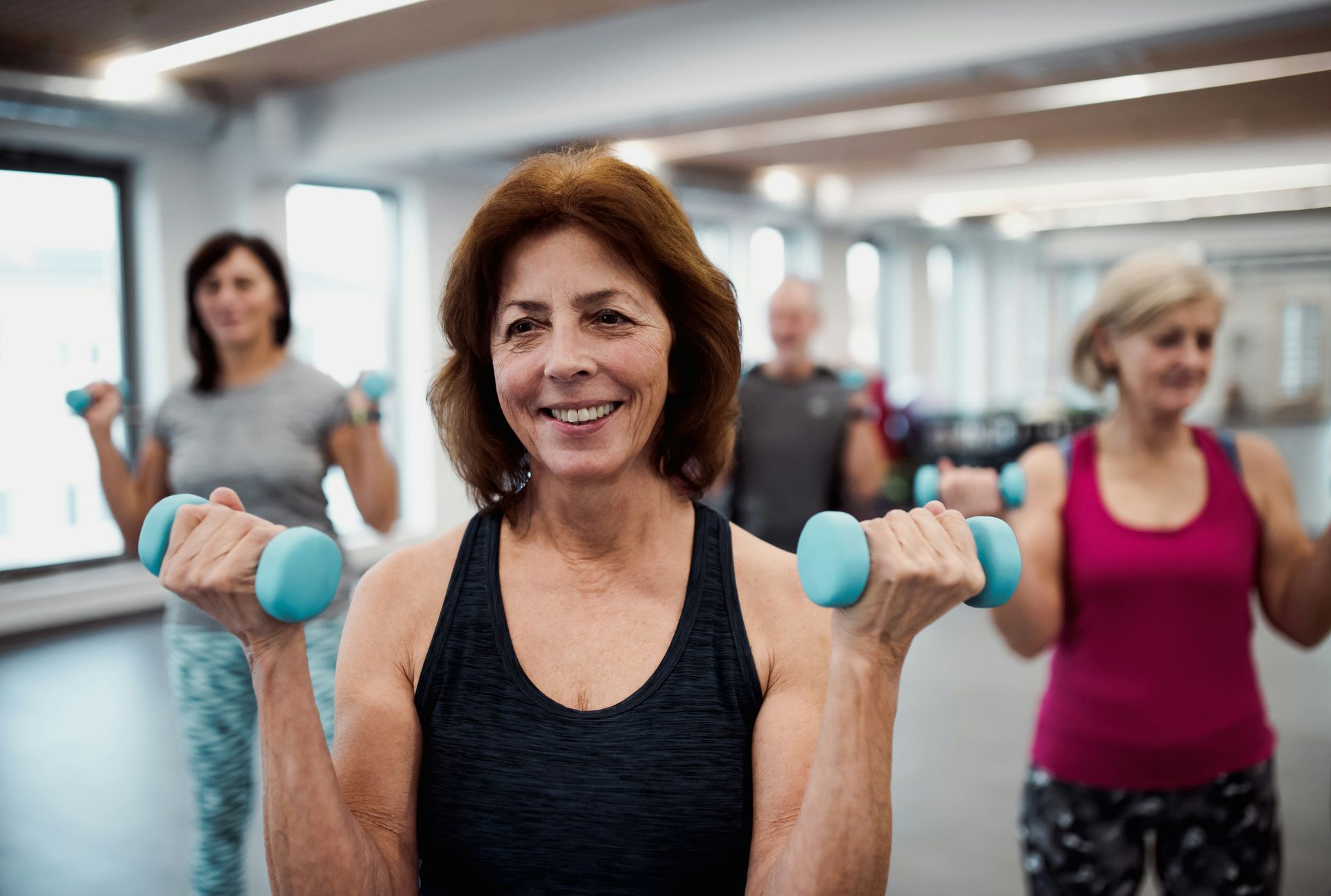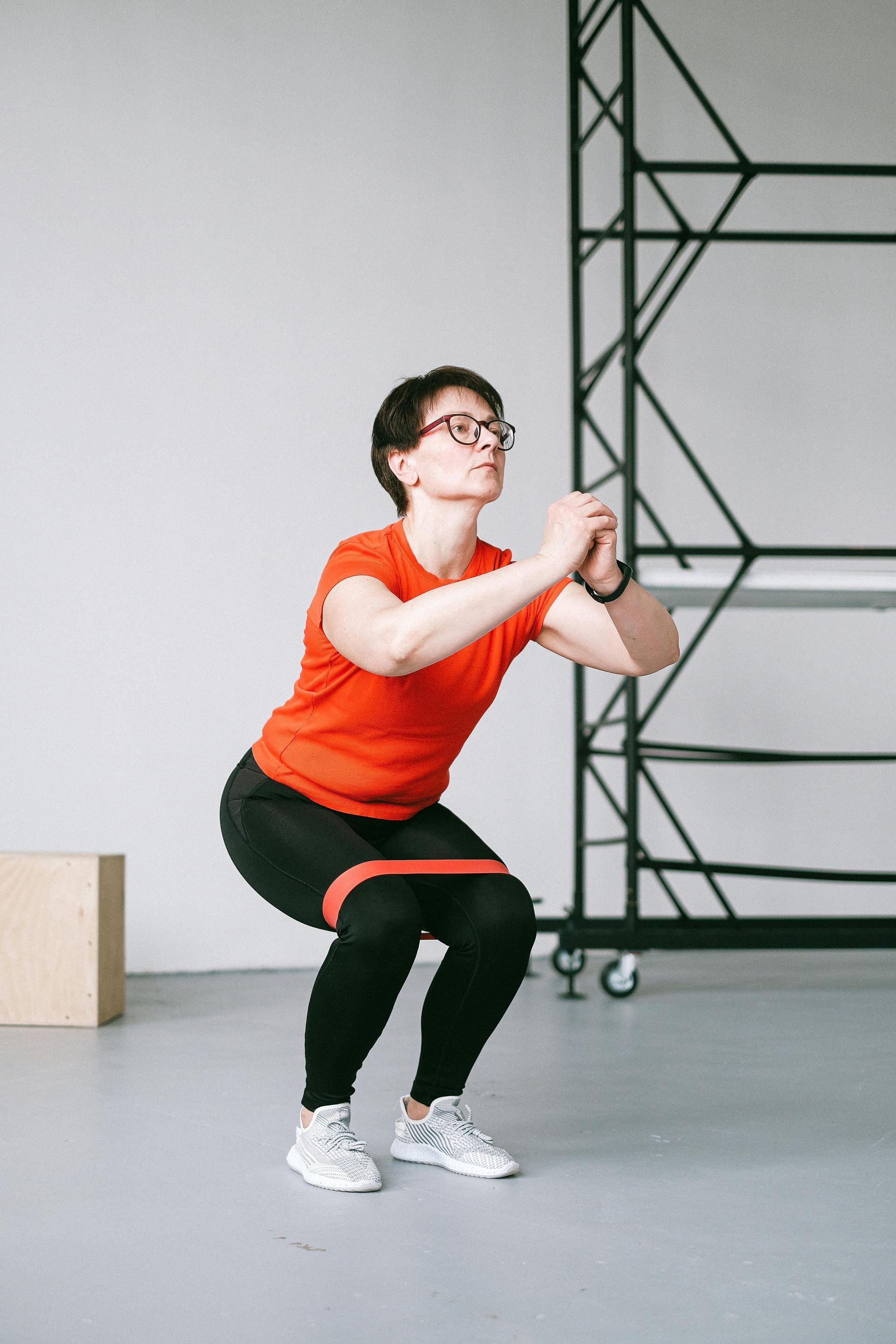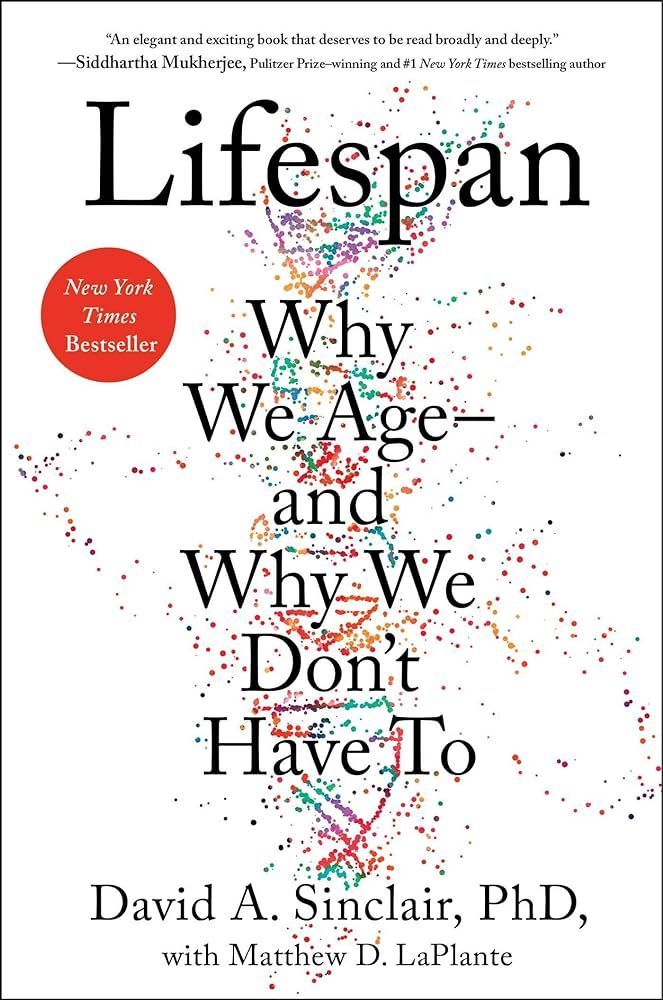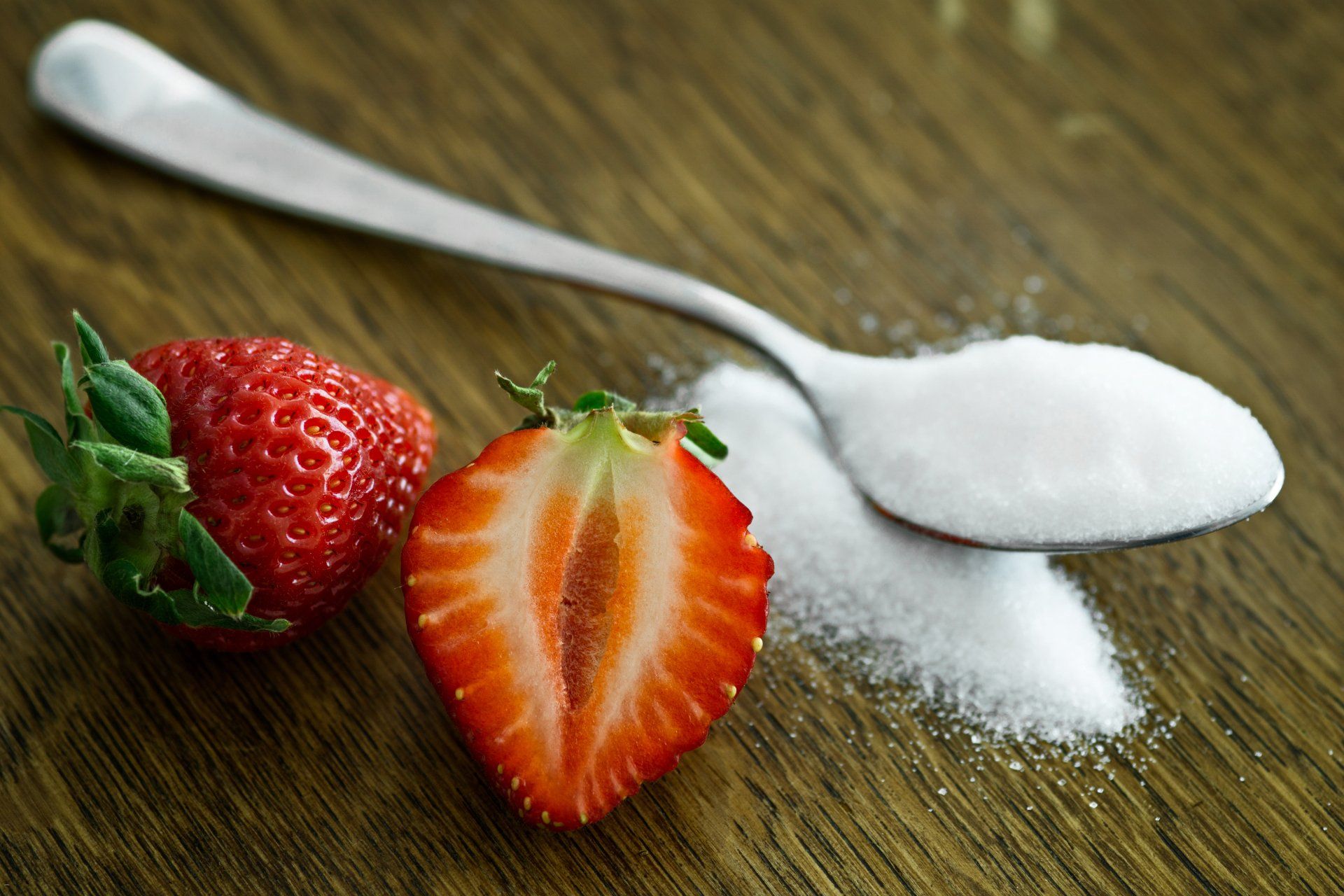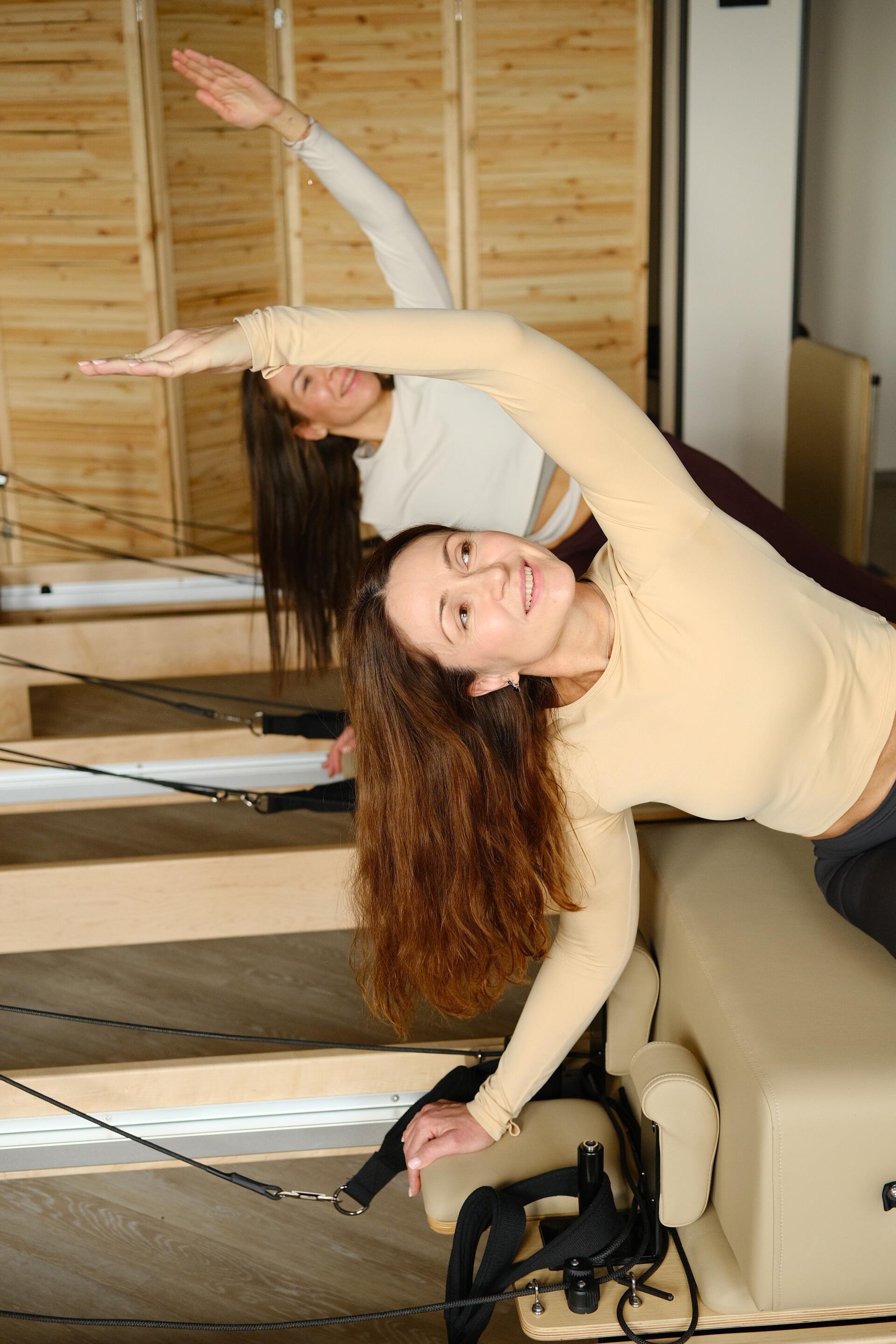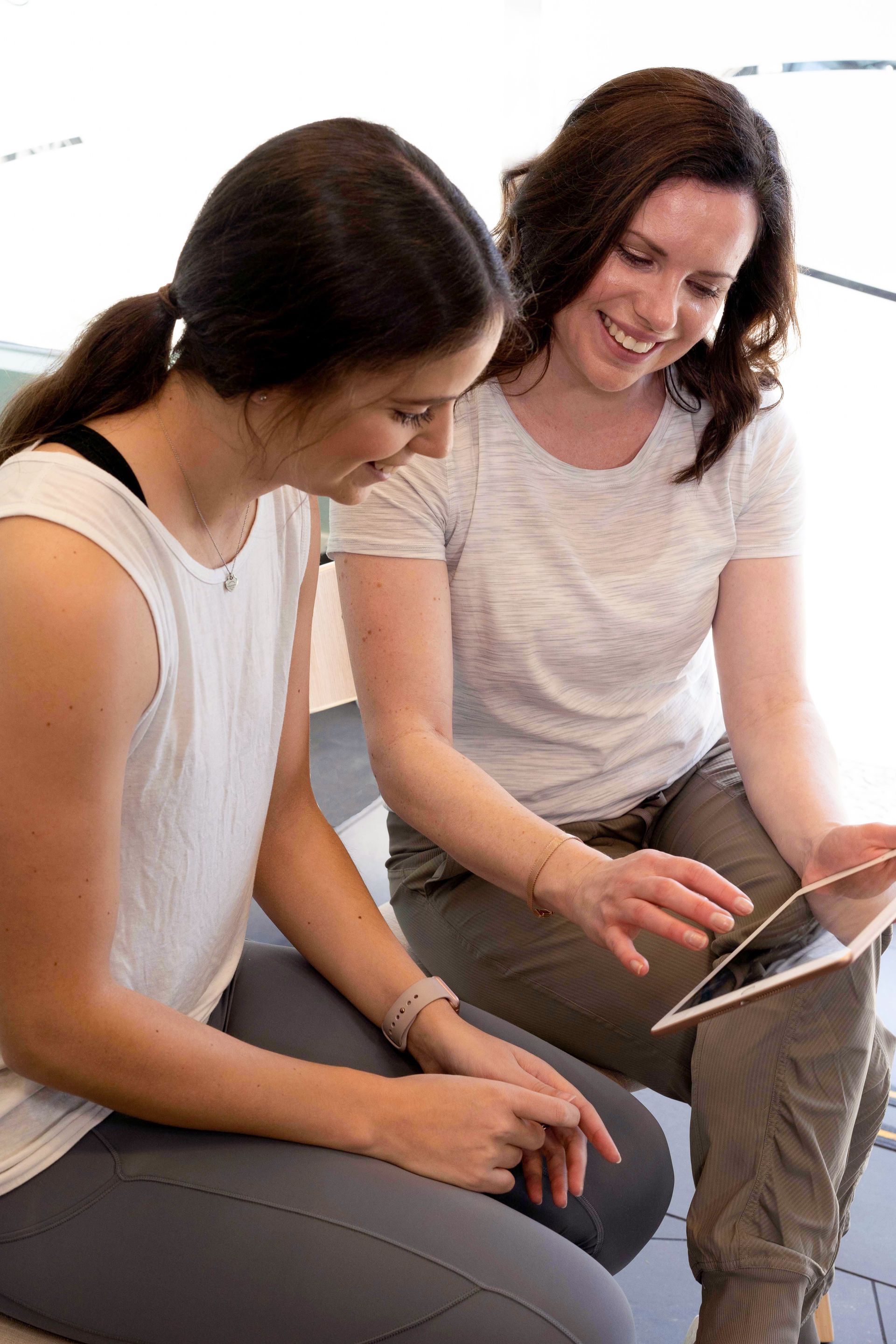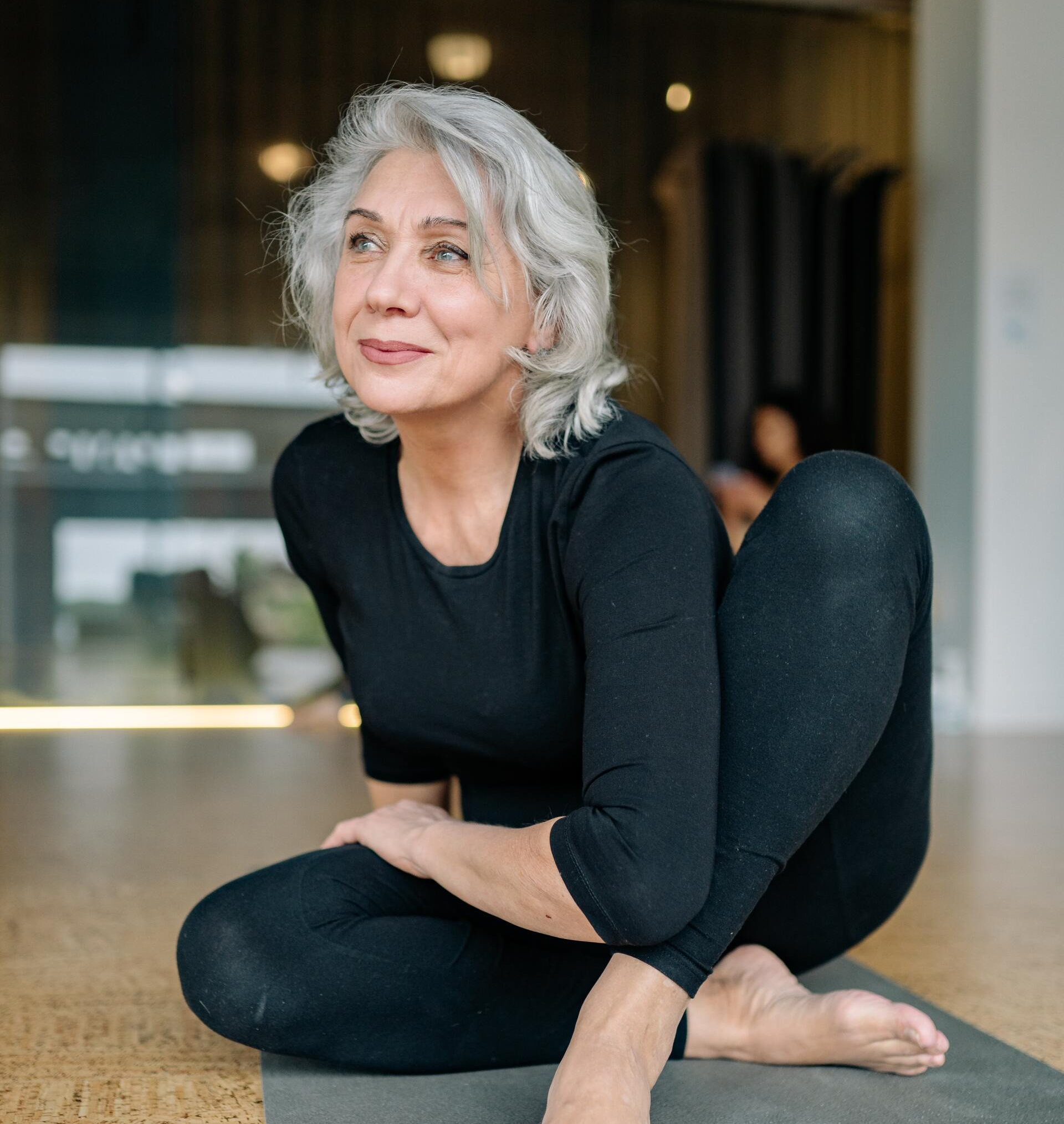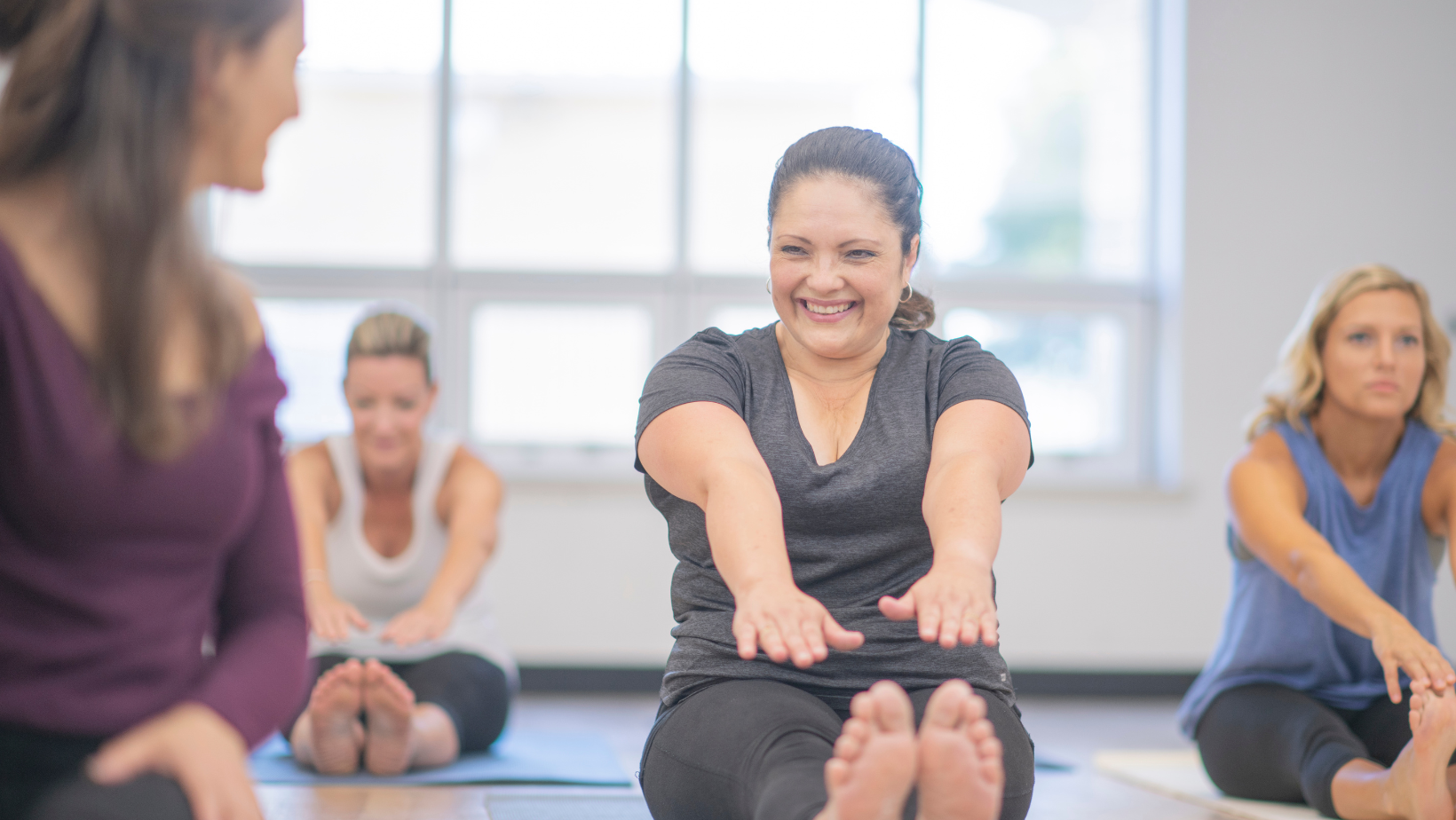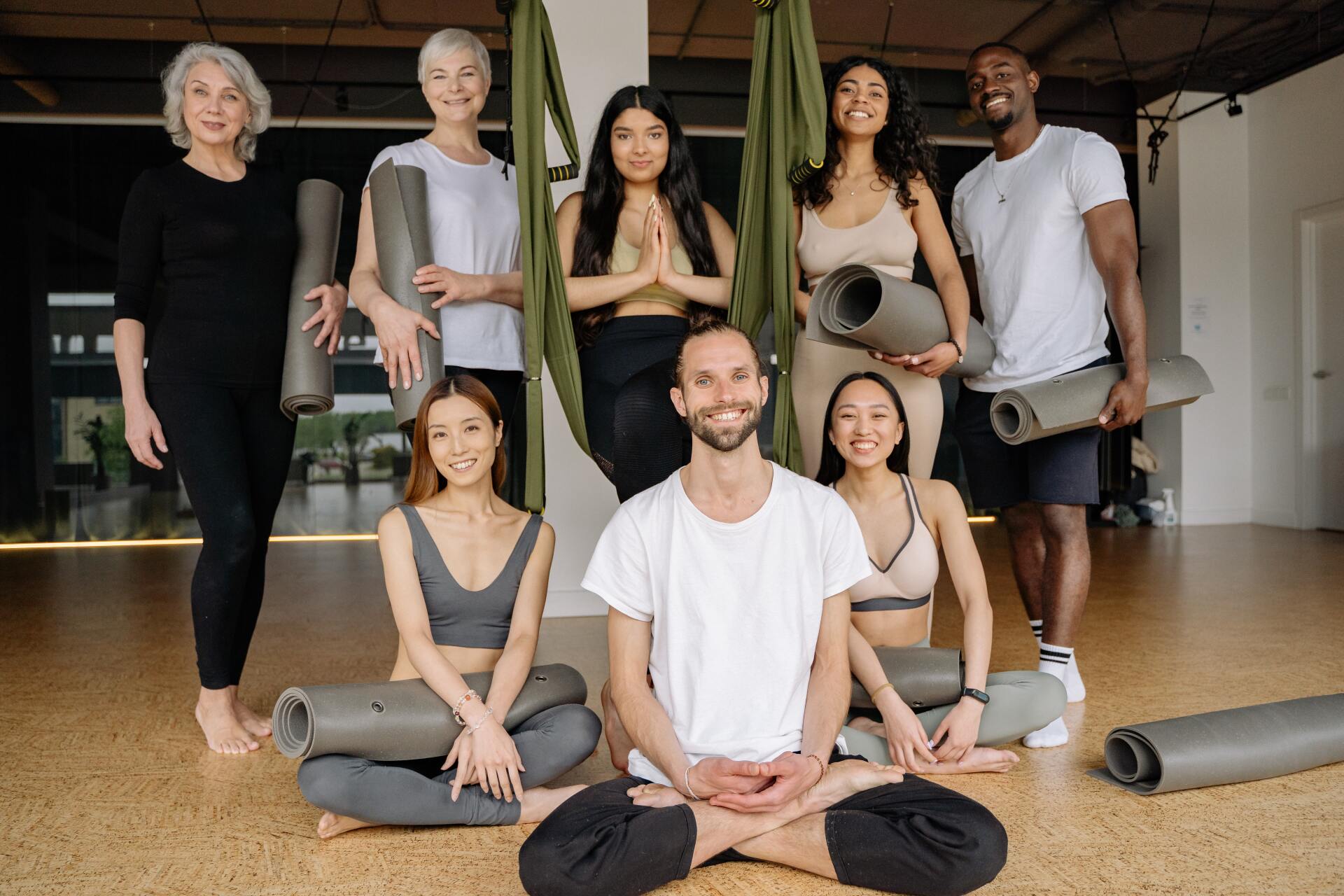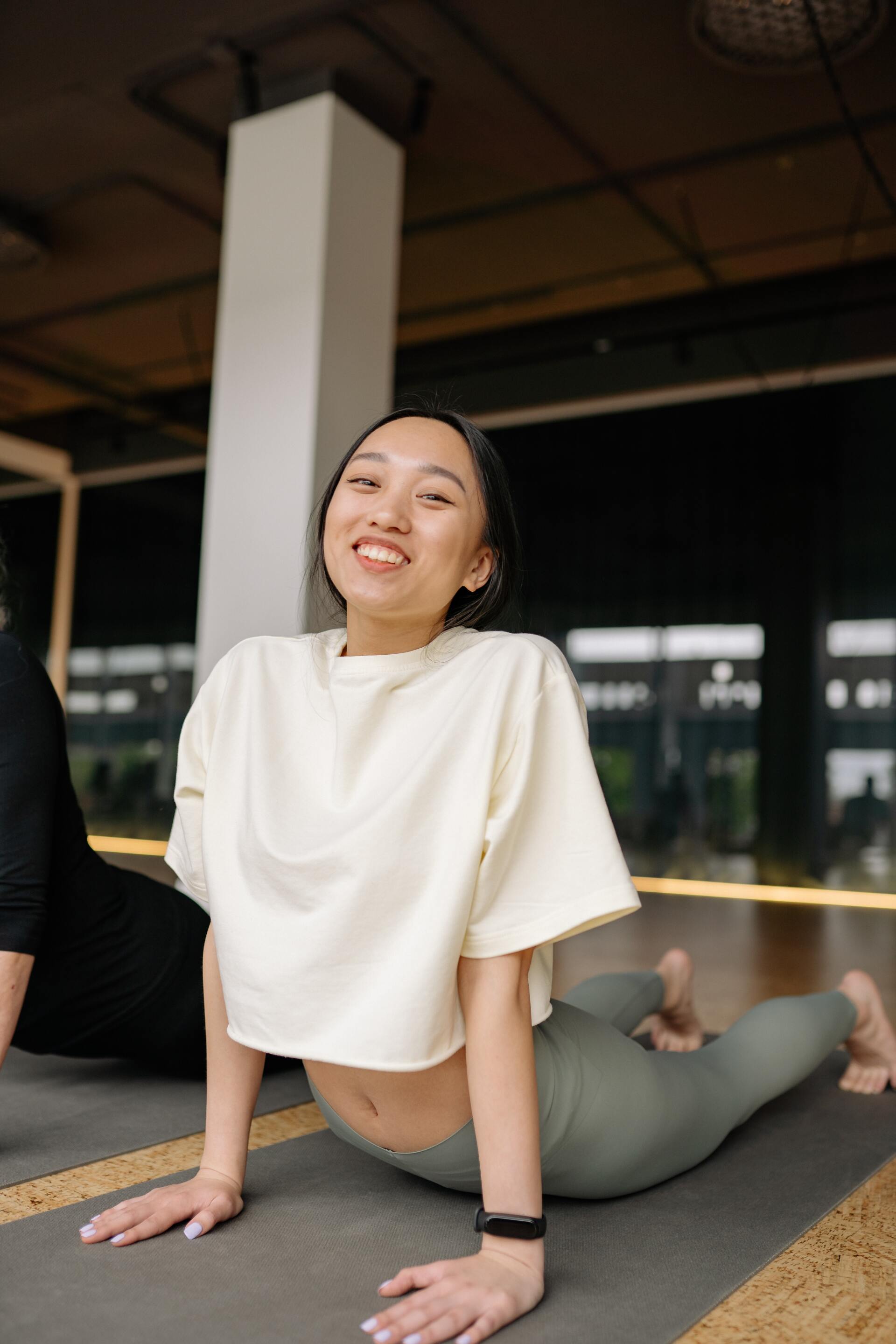Managing Knee Osteoarthritis with Exercise Physiology: A Path to Pain Relief
Knee osteoarthritis is a common and often debilitating condition that affects millions of individuals worldwide. It's characterized by the degeneration of the protective cartilage in the knee joint, leading to pain, stiffness, and reduced mobility. However, there's a glimmer of hope for those dealing with knee osteoarthritis—exercise physiology.
In this blog post, we'll explore how exercise physiology can be a game-changer in managing knee osteoarthritis. We'll delve into the importance of pain education, the role of resistance training, and how exercises targeting the muscles surrounding the joint can significantly reduce pain symptoms.
Understanding Knee Osteoarthritis
Knee osteoarthritis is like a symphony of discomfort, with pain being the lead vocalist. It's a condition that can affect anyone, but it's particularly prevalent in older adults, athletes, and individuals who've had previous knee injuries. The pain and stiffness associated with knee osteoarthritis often limit one's ability to perform everyday activities, from walking and climbing stairs to bending down.
The Power of Pain Education
Pain, when it comes to knee osteoarthritis, is not just a sensation; it's an experience. Understanding this experience is the first step in managing it effectively. Pain education is a cornerstone of exercise physiology. It's about teaching individuals how pain works, how it can be modulated, and how it doesn't always signify harm or damage. This knowledge is empowering because it reduces the fear associated with movement.
By addressing misconceptions about pain, exercise physiologists can help individuals with knee osteoarthritis become less apprehensive about physical activity. This psychological shift is vital because it encourages patients to embrace exercise as a path to improved well-being rather than a potential source of pain.
Resistance Training: Your Ally Against Knee Osteoarthritis
Now, let's talk about the star of the show—resistance training. It's a key component of exercise physiology programs for knee osteoarthritis. This type of exercise involves working against resistance, typically in the form of weights, resistance bands, or even body weight. The focus here is on strengthening the muscles surrounding the knee joint.
Why is this so effective? Because these muscles act as shock absorbers for the knee. When they're strong and balanced, they help distribute forces more evenly through the joint, reducing stress on the vulnerable cartilage. This, in turn, eases pain symptoms and enhances joint stability.
Targeted Exercises for Knee Osteoarthritis
Exercise physiologists design tailored resistance training programs to address specific muscle groups. These may include:
- Quadriceps: These muscles in the front of the thigh play a pivotal role in knee stability. Strengthening them can alleviate stress on the joint.
- Hamstrings: These muscles at the back of the thigh help balance the forces acting on the knee.
- Glutes: Strong gluteal muscles improve hip and knee alignment, further reducing joint stress.
- Calf Muscles: The muscles in the lower leg support the knee when walking and moving.
The Holistic Approach of Exercise Physiology
One of the standout advantages of exercise physiology in managing knee osteoarthritis is its holistic approach. It doesn't just focus on the knee; it takes the entire individual into account. Exercise physiologists consider a person's overall health, specific medical history, and individual goals when creating exercise programs.
This means that each program is uniquely tailored to the individual, ensuring that it's both safe and effective. These programs often incorporate a combination of resistance training, flexibility exercises, and cardiovascular conditioning to improve overall fitness and reduce the strain on the knee joint.
The Bottom Line
Knee osteoarthritis doesn't have to be a life sentence of pain and limitations. Exercise physiology, with its emphasis on pain education, targeted resistance training, and a holistic approach, can be a beacon of hope for those with knee osteoarthritis. It not only reduces pain but also empowers individuals to take control of their condition and their lives.
If you're living with knee osteoarthritis, consider consulting an exercise physiologist. They can design a personalized program that suits your needs, making the journey to a pain-free and more mobile life a reality. Don't let knee osteoarthritis dictate your life; embrace the power of exercise physiology and reclaim your mobility and well-being.New Paragraph

